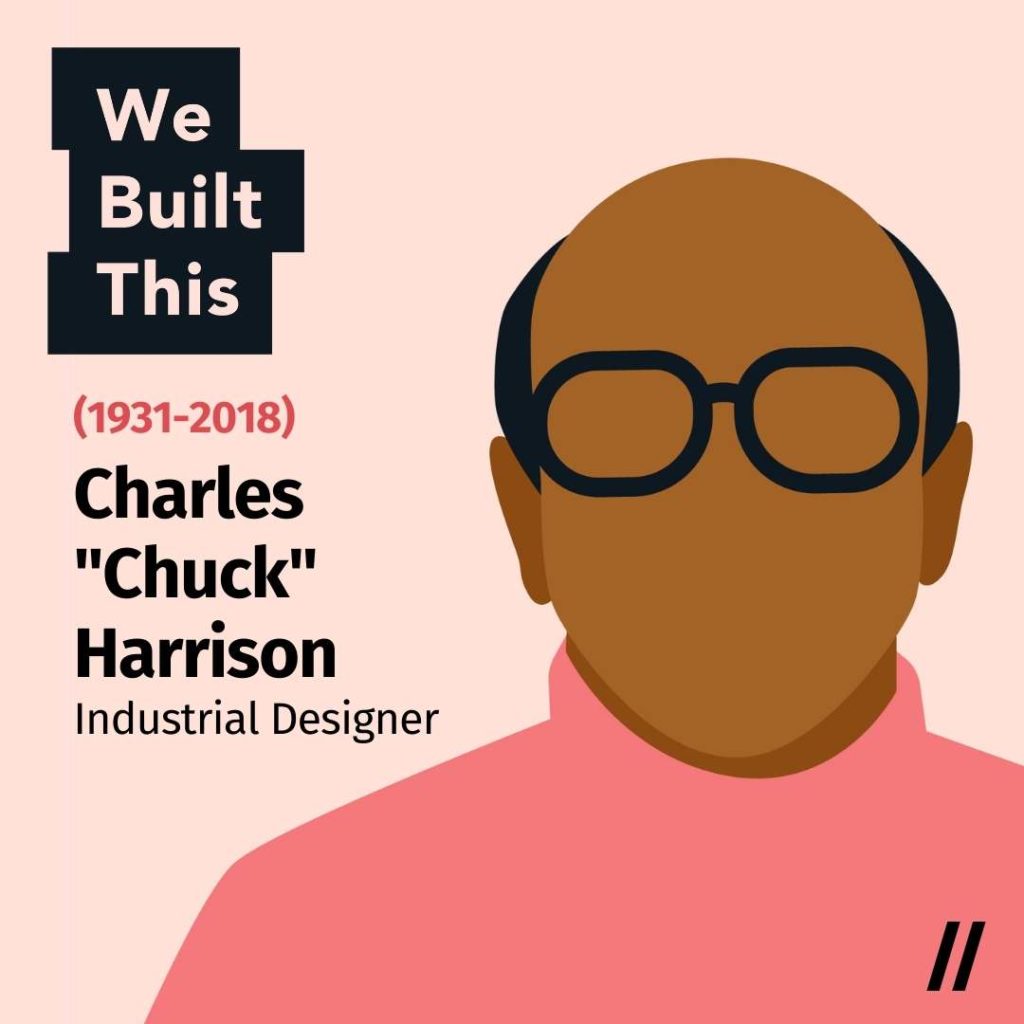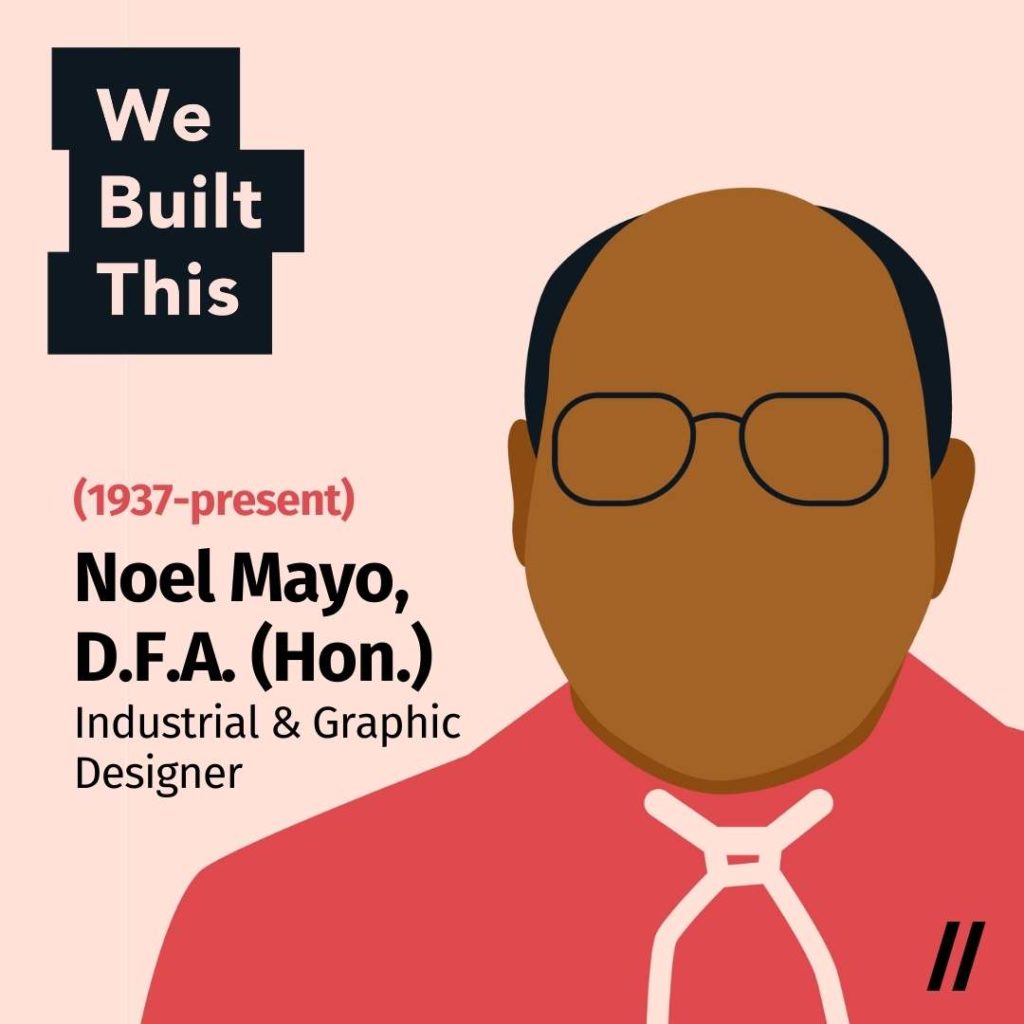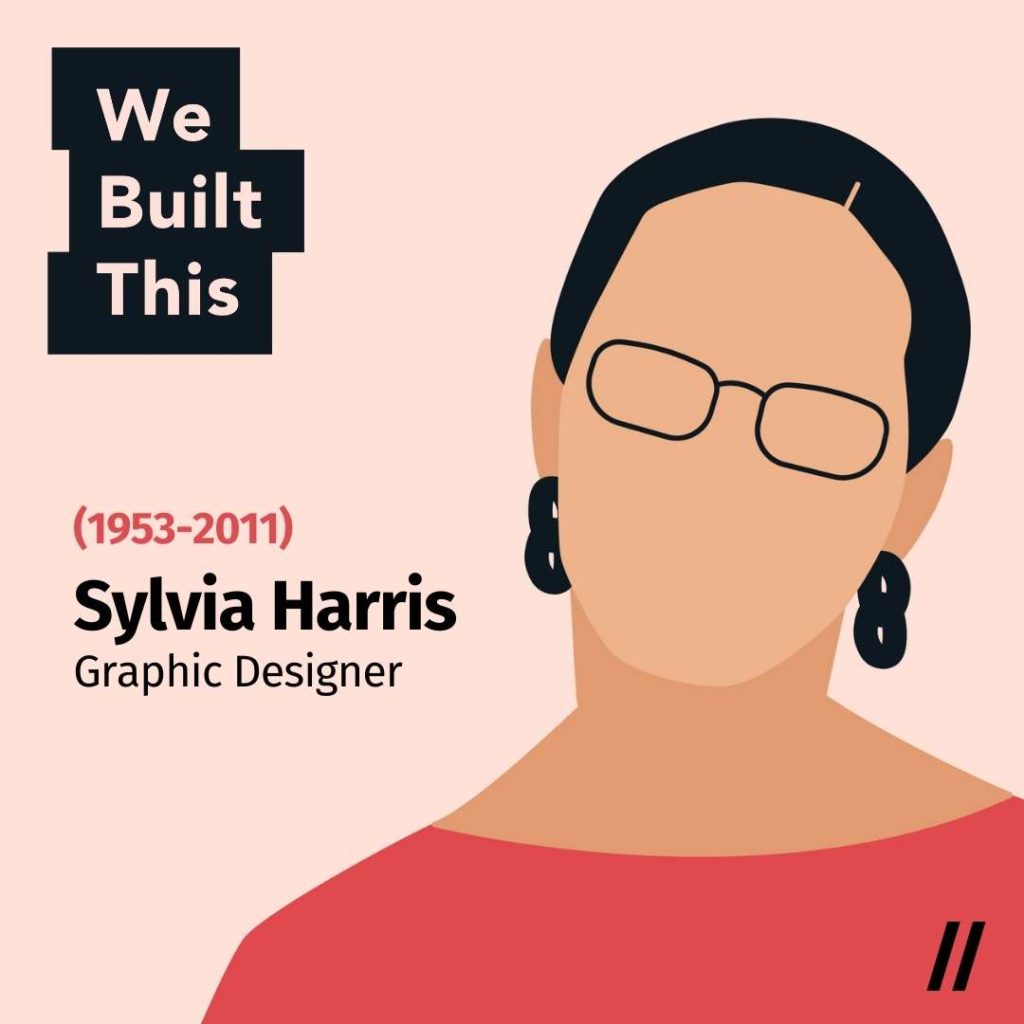Not too long ago, being a Black American in tech meant beating the odds. But, as we celebrate Black History Month, we look to the individuals who contributed to innovations that have shaped today’s tech industry.
These brave individuals overcame the inequality of the industry at that time and paved the way for more diversity in tech.
The final discipline we are featuring is product design. The program at Flatiron School focuses on digital product design — designing products such as websites, mobile applications, and computer programs. While digital product design is a relatively new field, the concept of UX/UI for digital products came from the same design thinking of problem-solving and making products better for consumers in fields like Industrial Design and Branding/Graphic Design.
Now, designers are required to be highly agile for digital products, and we honor the industries and innovators before us who worked hard to improve products for customers.
3 Black innovators in the history of product design

Charles “Chuck” Harrison (1931-2018)
Charles “Chuck” Harrison was the first Black industrial designer to be hired by and lead the design group at Sear, Roebuck & Company. In 1966, he created the first-ever plastic garbage bin — solving the everyday problem of loud, annoying metal garbage cans. Throughout his career, he designed more than 750 products for the Sears corporation, improving products from blenders to baby cribs.

Noel Mayo, D.F.A. (Hon.) (1937-present)
Dr. Noel Mayo was the first Black graduate to receive a B.S. degree in Industrial Design from the Philadelphia College of Arts, and went on to own the first Black industrial design firm in the US. Throughout his career, he has been known as a holistic design thinker, producing successful industrial, graphic and interior design work for various clients such as NASA, IBM, Black & Decker, and the U.S. Department of Commerce and Agriculture. He had a long-standing partnership with Lutron Electronics, where he was attributed to more than 250 design patents, including light switches and the Lutron dimmers.

Sylvia Harris (1953-2011)
Sylvia Harris began her career working for a graphic design firm, and eventually started her own business, focusing on design for civic agencies, universities, and hospitals. She is known for her work redesigning the 2020 United States Census form to be more user-centered and to encourage participation from underrepresented citizens.
She led a project to redesign the patient communication system at New York-Presbyterian and Columbia University Medical Center to ensure that first-time patients could find their appointment more efficiently. This project embodies product design due to Sylvia’s multi-step process — determining the cause of the problem, strategizing to fix the problem, designing the solution, and implementation. She received the American Institute of Graphic Arts media posthumously in 2014.
Why diversity & inclusion matters at Flatiron School
Like these Black innovators in product design history, we believe that any individual who is willing to work hard should have access to life-changing career courses, no matter their background.
At Flatiron School, diversity and inclusion matters because we believe that, in tech, meaningful things are created when people from diverse backgrounds work together.
If you’re interested in a career in UX/UI design, try a free product design lesson — it’s the first step towards your new career in tech and more opportunities to build your future.




